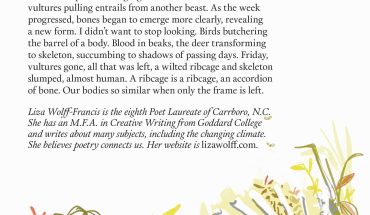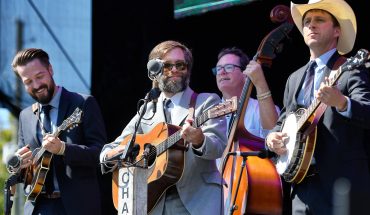For 40 years, the NC Senior Games have held competitions across the state in sports from track to cheerleading. We set out to meet the athletes.
written and photographed Eric Thompson | produced by Dear Liza Productions | lighting assistant Rick Anthony
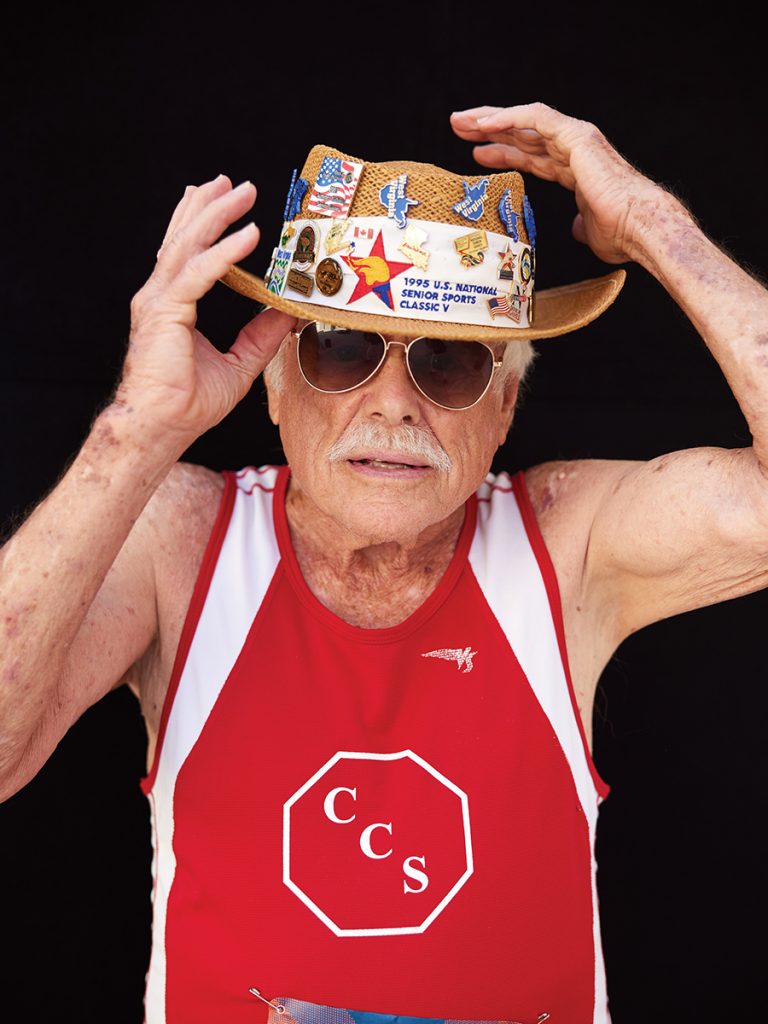
At a family get-together last summer, my uncle-in-law Jerry Hodge mentioned in passing that he’d be participating in the badminton tournament of the upcoming North Carolina Senior Games. In fact, I learned, my uncle Chris McNeely would be there too, shooting baskets.
I knew they were athletic — enthusiastic participants in pickleball or spikeball on the beach — but I’d never heard about the Senior Games. Within 20 minutes Jerry and I were driving to take a tour of Triangle Badminton and Table Tennis in Morrisville, one of the facilities that would host the upcoming games. I was intrigued, and knew I had to be there to see it all for myself.
The North Carolina Senior Games were founded by the North Carolina Department of Health and Human services division of aging and adult services in 1983, the first program of its kind in the country. Within a few years, the games were spun off into a nonprofit, and former Division of Aging staffer Margot Traynor, who’d been instrumental in founding the games, became its executive director. “She pulled together leadership from across North Carolina that was interested in athletics and programming for seniors, and together they established the founding principles, which were health promotion and wellness, and prioritizing local games,” says Lynn Harrell, associate director of NC Senior Games.
The first senior games, held in Charlotte, Wilmington and Haywood County, served as the models for other communities. By 1985, there were 22 local competitions, and the top athletes met in Raleigh to participate at the first state finals. Today, the NC Senior Games are the largest in the country, with 53 local games that serve all 100 counties across the state, bolstered by more than 900 volunteers that work as event staff. “We’re all about the F-words: Fun, fitness, fellowship, family and friends,” laughs Harrell.
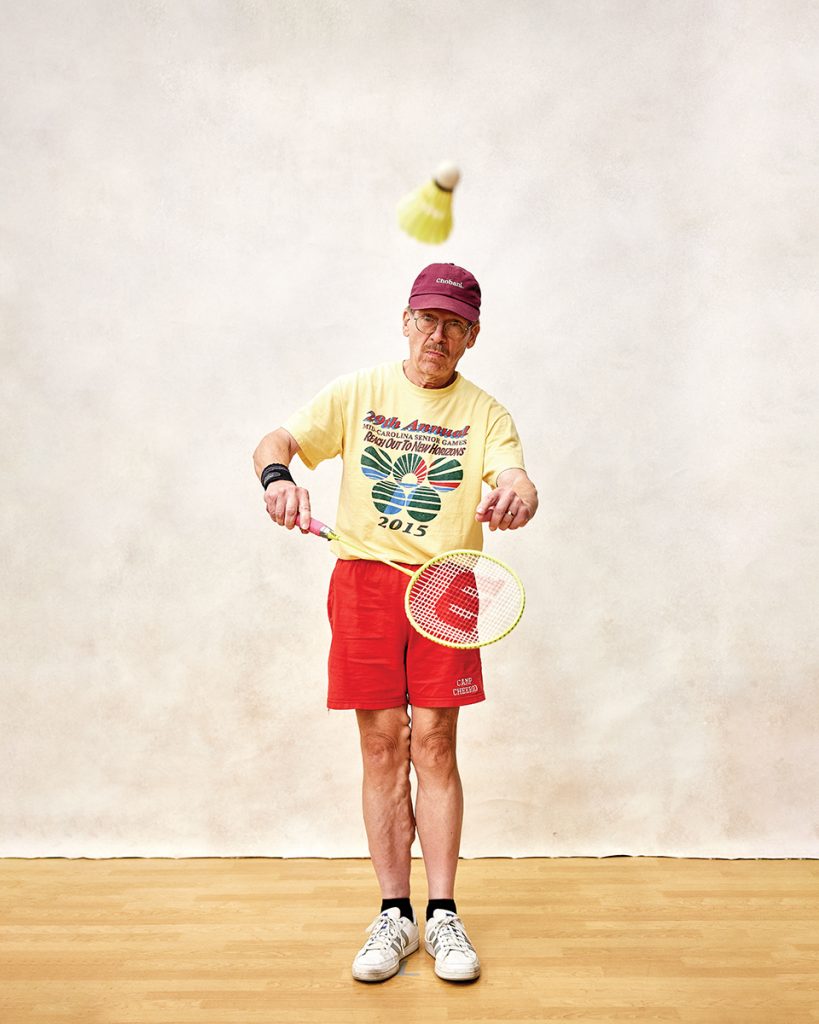
The games feature athletes from 50 years old up into their 90s. Over the course of several months, participants compete at the local level, then the top three of each local event advance to the state finals. The bulk of the finals take place during a weeklong competition in the Triangle at the end of September. The more than 70 competitions that make up the games include track, swimming, discus and long jump — all the sports that one would expect from a large-scale athletic event like the Olympics. There are also competitions in games that most folks play just for fun, like shuffleboard, horseshoes and cornhole. No matter the sport, the athletes bring intensity and focus to the competition. Dedicated officials are armed with score sheets and screens, meticulously marking down and tracking the results.
In the early 1990s, the NC Senior Games were expanded to include the SilverArts program, a showcase of excellence across categories like visual, literary and performing arts with events such as basket weaving, sculpture, dance and singing. North Carolina is the only state to host SilverArts competitions. “We are the envy of most states,” says Harrell. “We are still considered the national model for how to do senior games.”
In 2019, more than 3,000 athletes competed in the NC Senior Games. But in 2020 and 2021, the competition went virtual — which required rethinking how they’d been run in the past. “We created a rules book, a format, videos showing participants how to do it,” says Harrell. “We presented awards online and mailed them. It was incredible.”
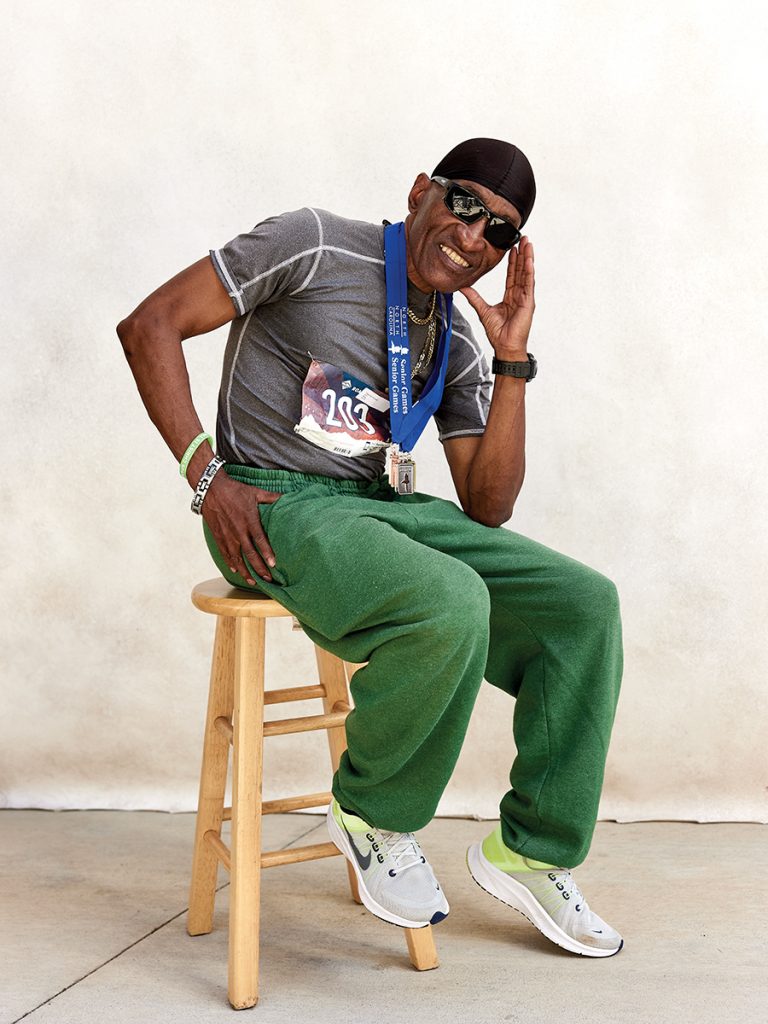
But in 2022, the year I learned about the NC Senior Games, they were back in person. So, in the late summer heat, my wife Liza and I set out to witness what the games had to offer. I brought along my cameras to capture the personalities of the people that make the games possible, and we set up temporary photo studios in various locations. Over the course of the week, we got to know more than 200 individuals who opted to sit for a portrait and share a little about themselves. We met folks from every town from Wilmington to Whittier, and from all walks of life: veterans, tribal chiefs, teachers, volunteers and comedians. We met grandparents and great-grandparents. Folks who participated in multiple events sometimes popped in for second and third portrait sittings, happily displaying their new medals around their necks.
By the end of the week, Liza and I had made many fast friends, including Julia Manigo, a 94-year-old with an arm for horseshoes; Nancy-Faye Craig, a 25-year volunteer and competitor from Wilmington festooned in pins from decades of Senior Games past; and the warm and welcoming “Jacksonville Girls” bowling team (made up of Carolyn Harrison, Pam Henderson, Diane Morse, Betty Wigfall, and Helen Russell).
Seeing so many seniors tackle their fitness goals redefined my conceptions of capability. The strength of every individual involved was inspiring — and, for me, it reframed the notion of what it looks like to age. I hope the portraits and stories on these pages do the same for you.

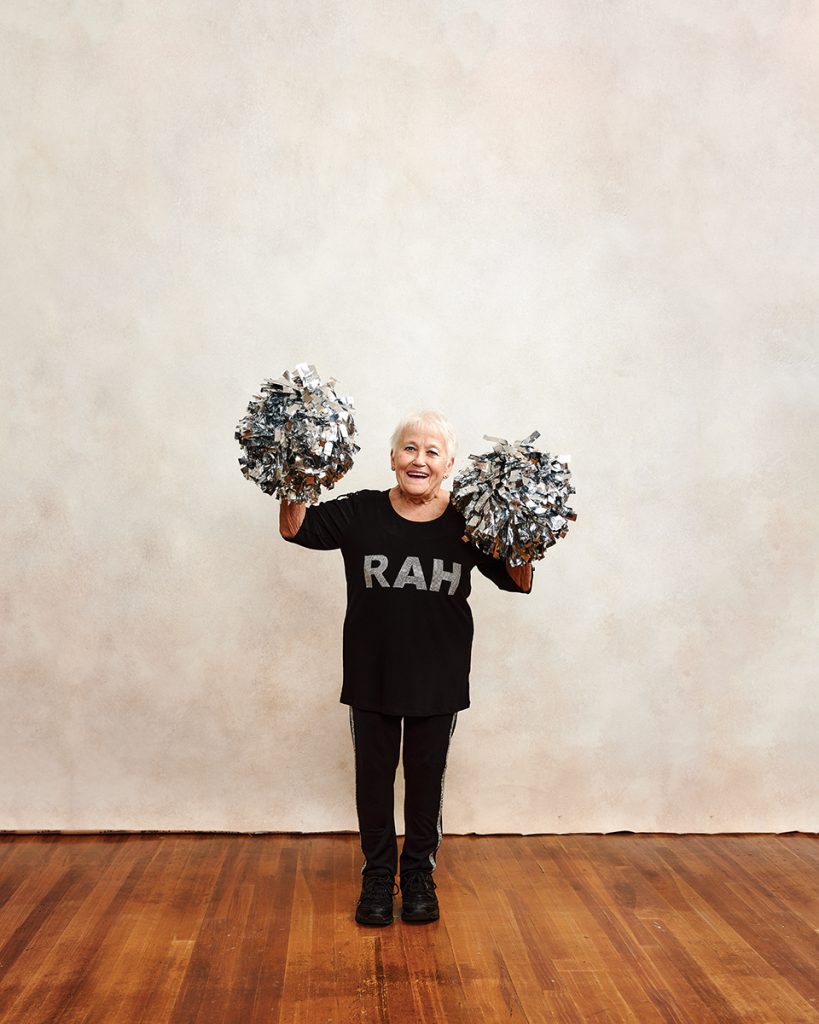
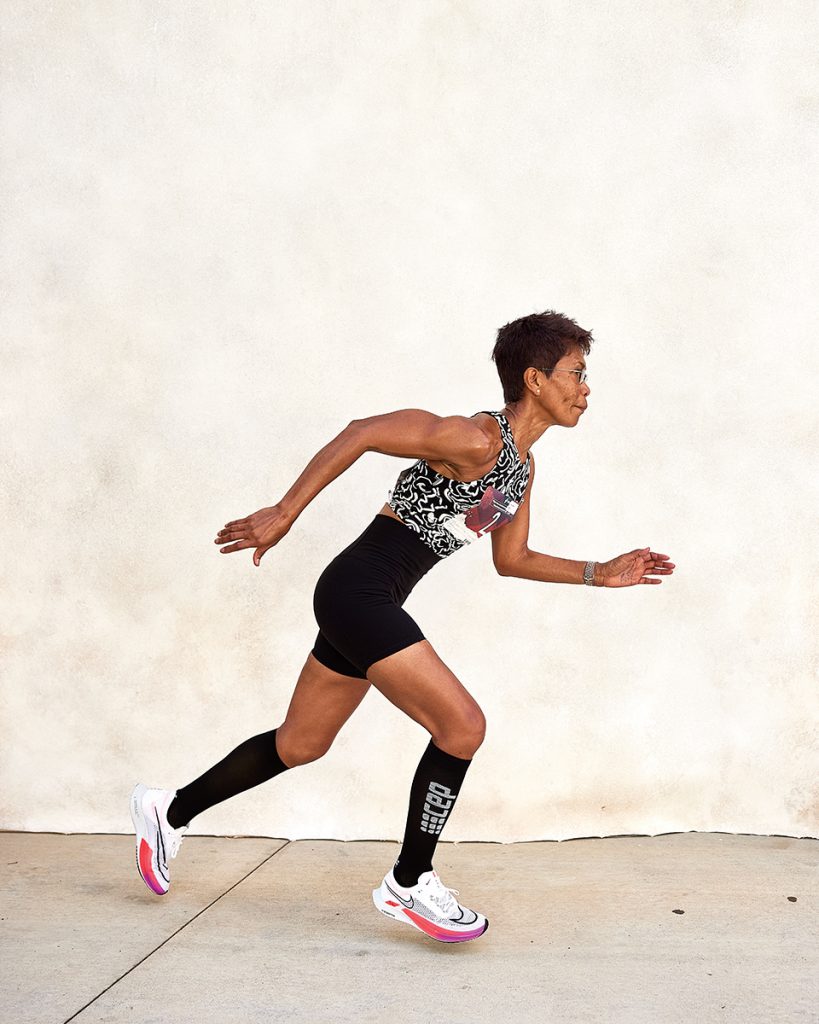
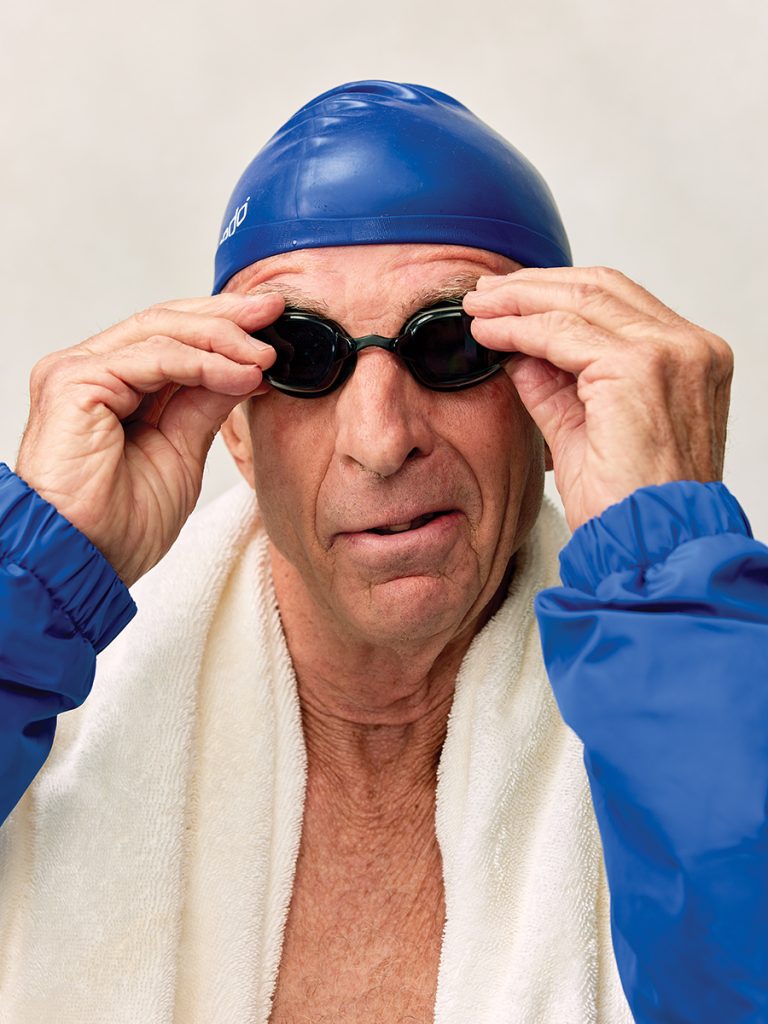
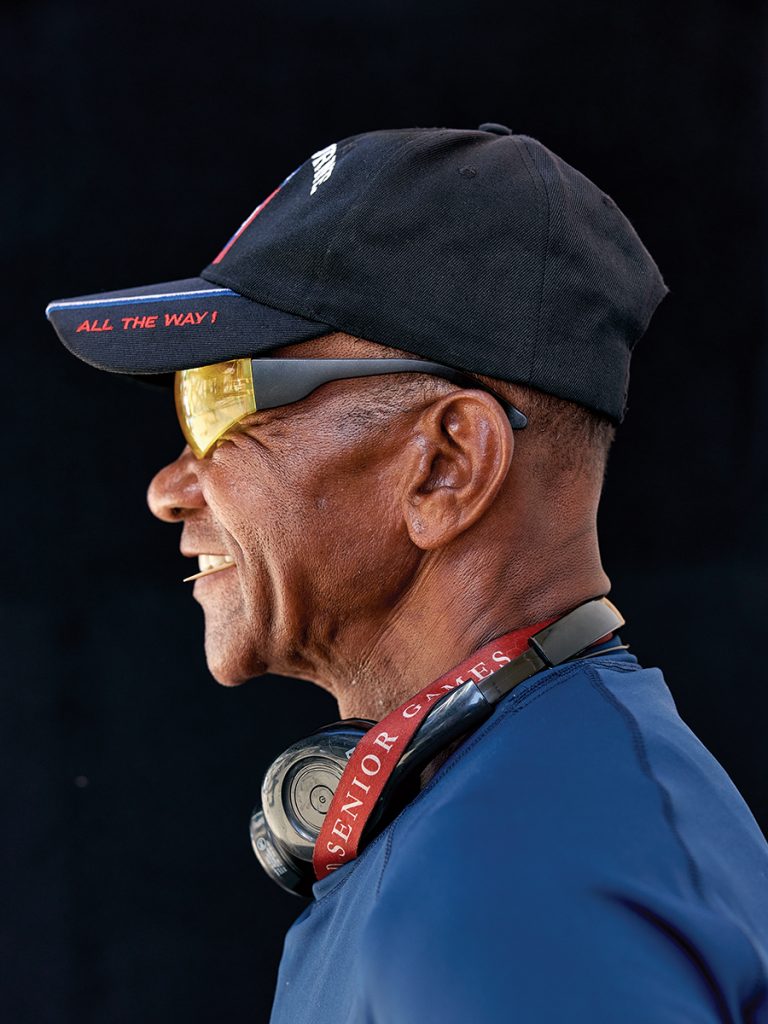
(left) Harry Schiffman, 80-84 group, Outer Banks, First place 50-yard and 100-yard backstroke, second place 200-yard freestyle (right) Willie Spruill, 60-64 group, St. Pauls, Second place 100m dash, fourth place 50m dash “In early 2017, I was still suffering from chronic migraines, PTSD, dementia and other illnesses from the Gulf War. My sciatica was bad from injuries to the shoulder, neck and back during two accidents while testing parachutes. I had to walk with a cane. Running was out of the question. But I was inspired by a flier for the Lumbee River Senior Games in April 2017. Each day I would walk around the track at Pembroke University, a little more each time. By the end of the second week I was able to jog, and I remember screaming out loud, I can run! I can run! I never looked back.”
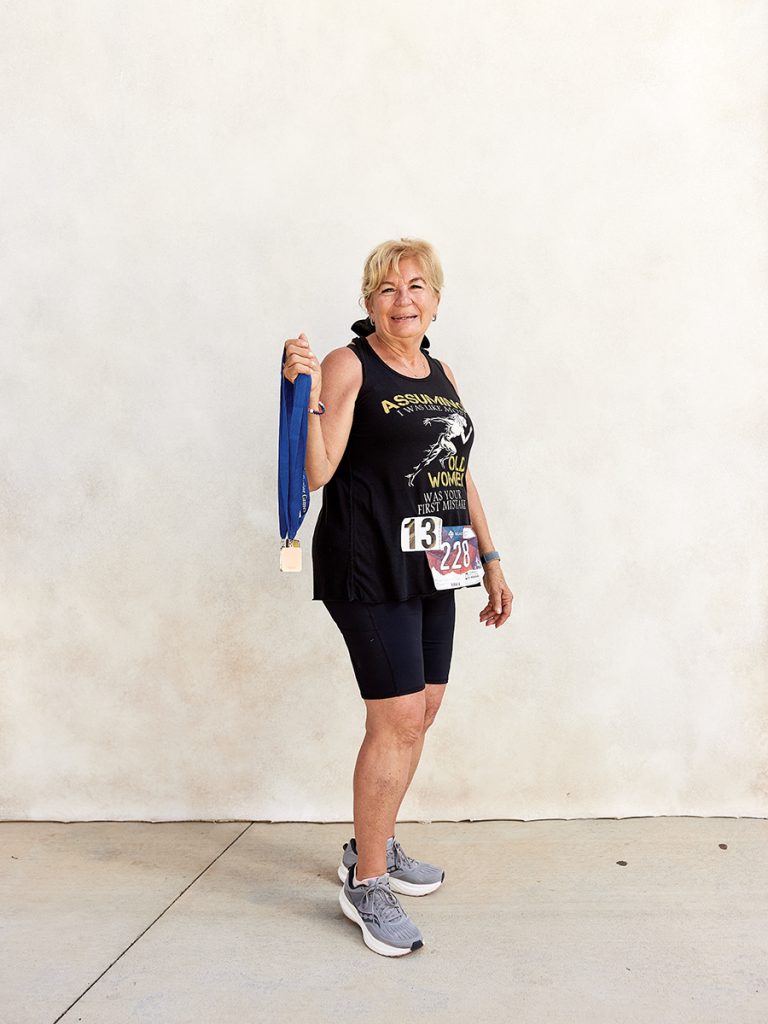
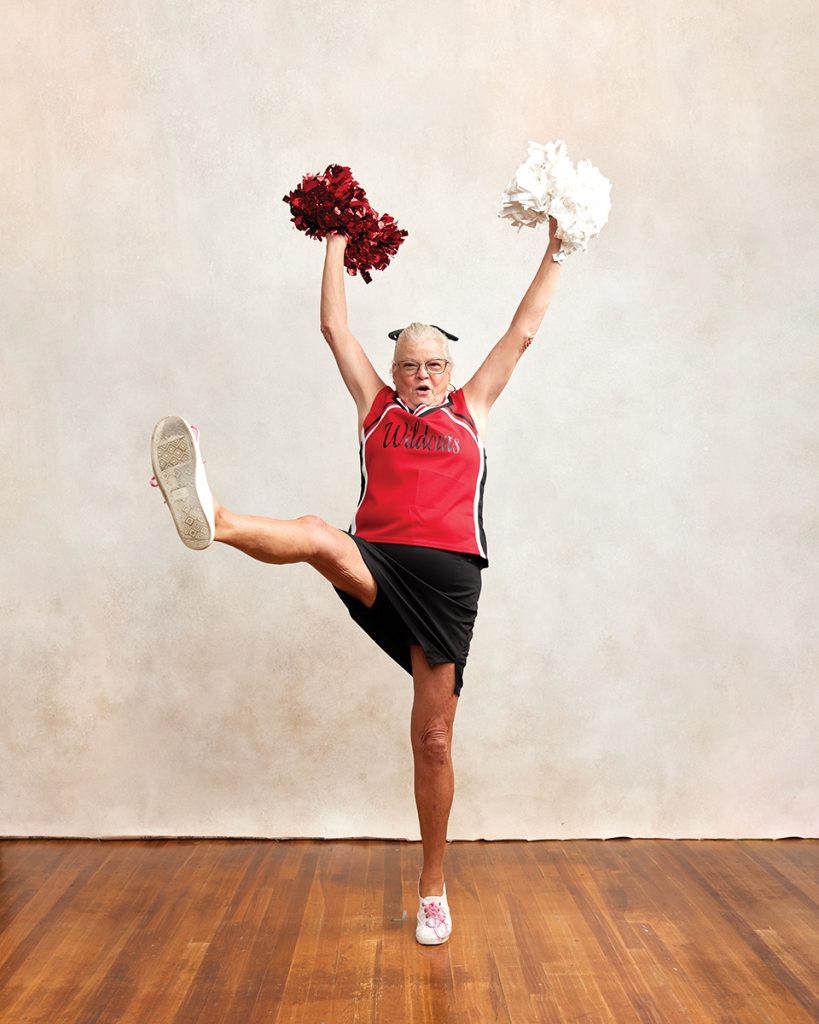
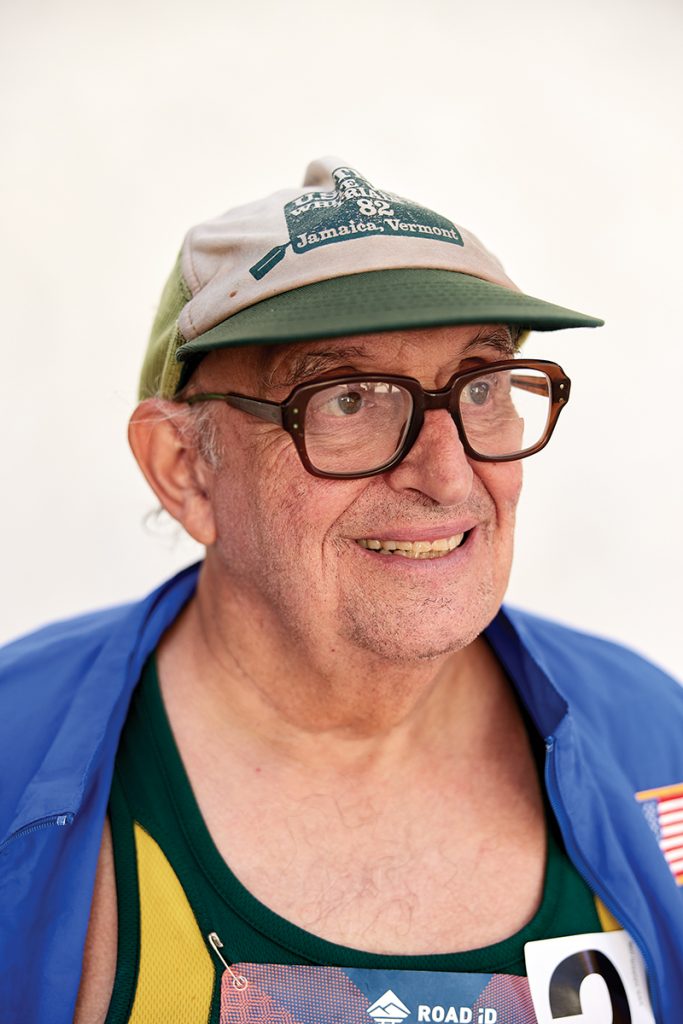
(left) Carol Black, 60-64 group, Lincoln County, Third place in the Cheerleaders Small Group category with the Wildcats Cheer Team, (right) Andrew Smith, 70-74 group, Whittier, First place 1500m race walk, first place 5K race walk “One time, I was competing in the 20K race walk with two other racers. With two laps to go, I saw our number-one walker sitting on the side of the course. He was not used to doing this distance and was feeling it. I encouraged him to get up, then stayed with him to make sure he was OK and could finish. We ended up winning the team medal. He and I have raced against each other in many National Championships, but this was about teamwork.”
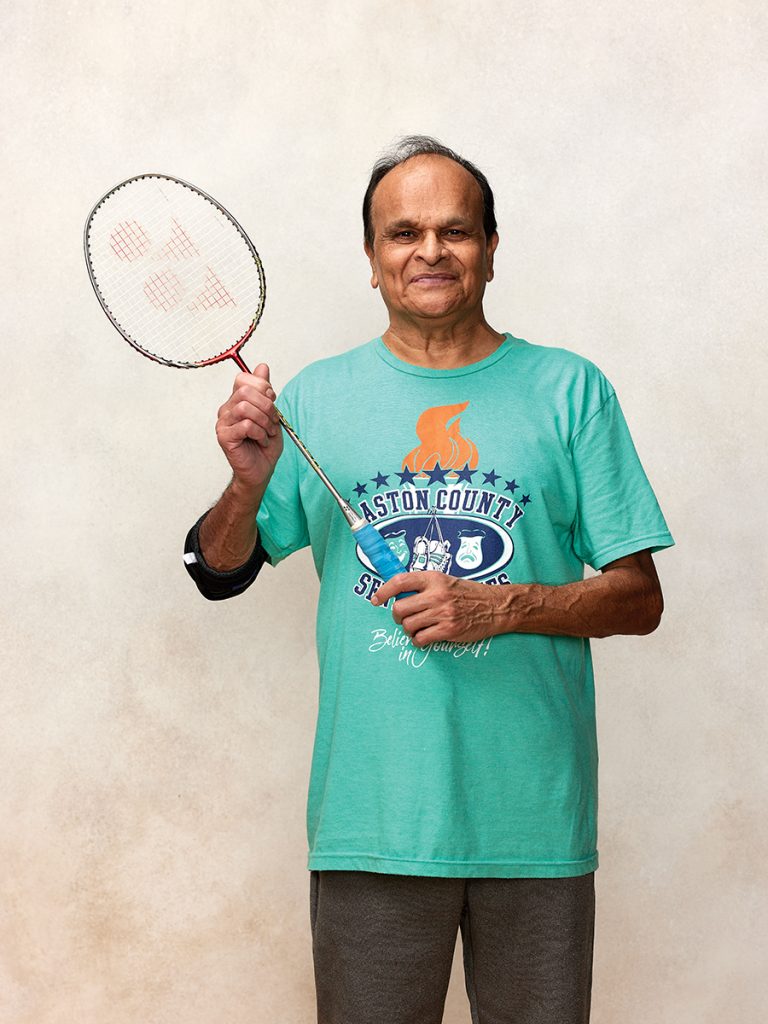
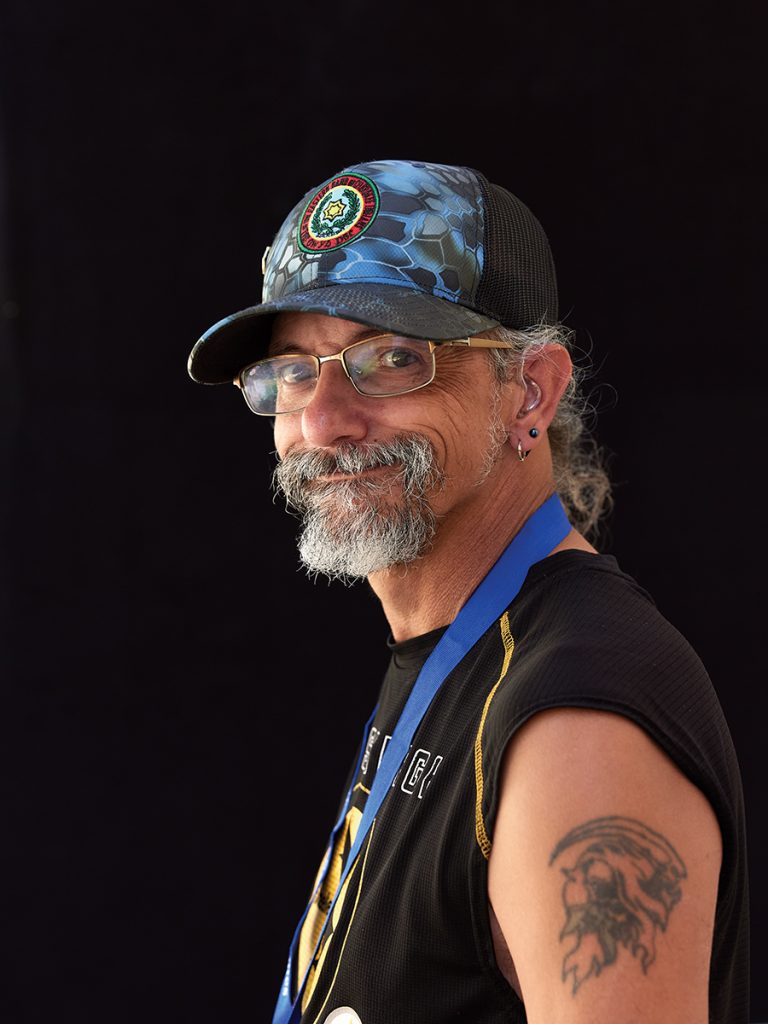
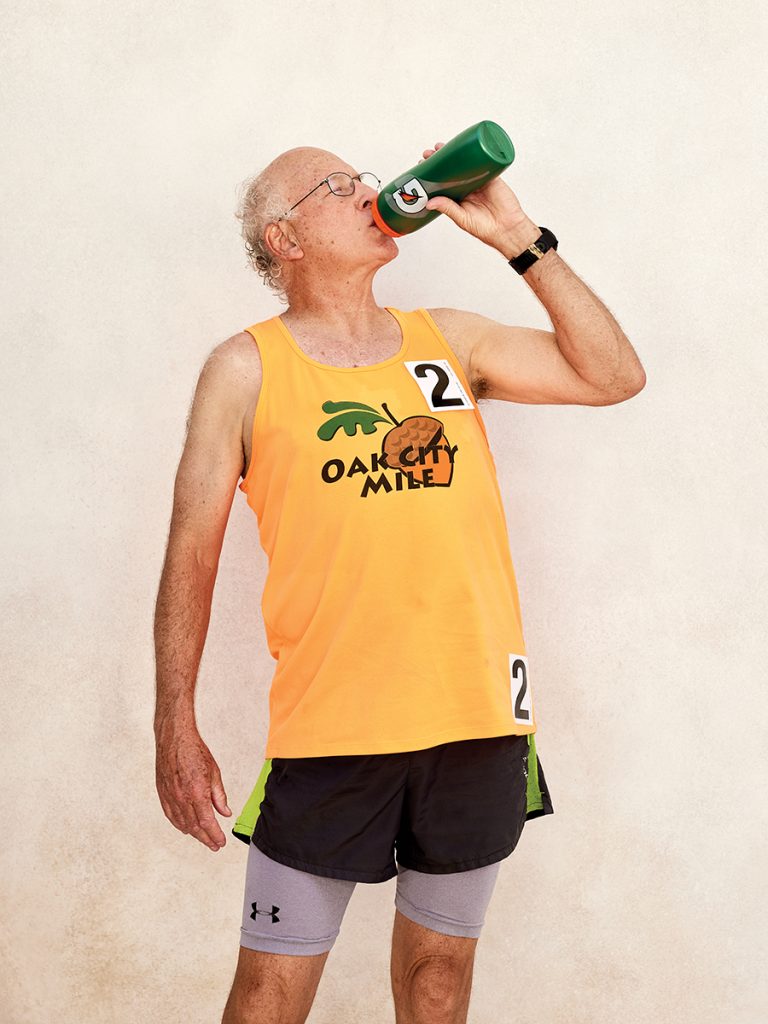
(left) Henry Walkingstick, 75-79 group, Qualla Boundary, First place mini golf and 1500m powerwalk, second place football throw, third place softball throw, 50m dash and basketball shooting, fourth place 100m dash, (right) Dixon Cook, 75-79 group, Greensboro, First place 800m run, second place 1500m run“ I remember the 2015 games in Minnesota, after the competition there was a ‘Parade of Champions’ in a baseball stadium, where everyone lined up with their state flags and paraded into the stadium behind it. They played ‘We Are the Champions’ as we walked across the field. I was so proud to march in with my fellow North Carolina competitors!”
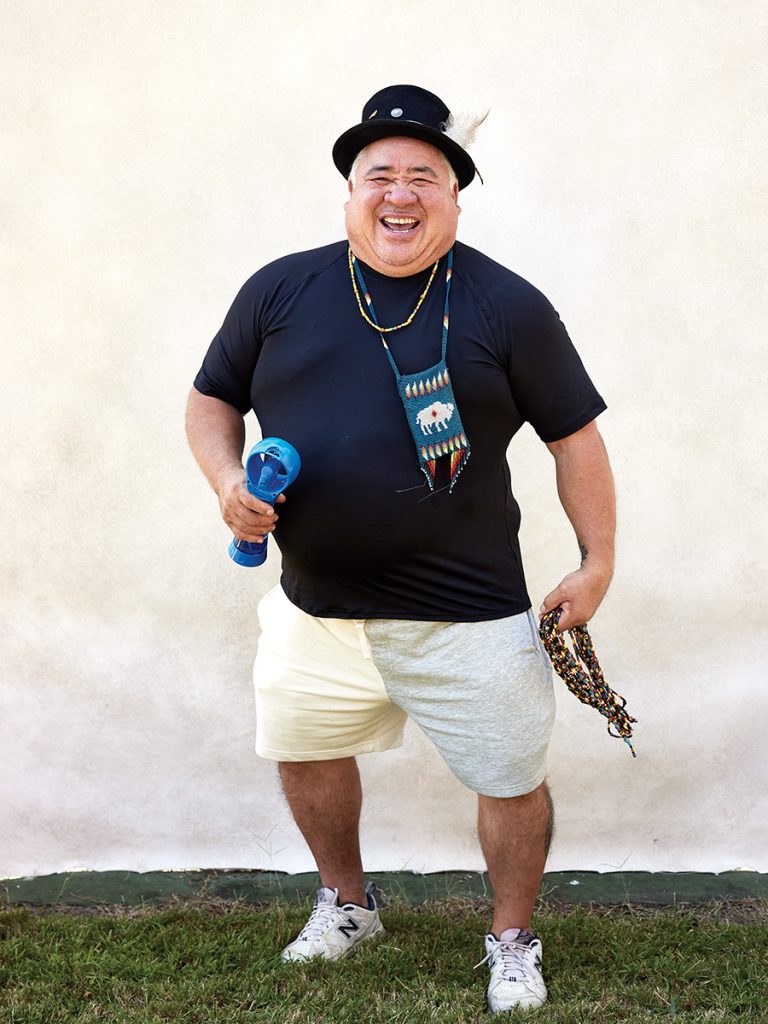
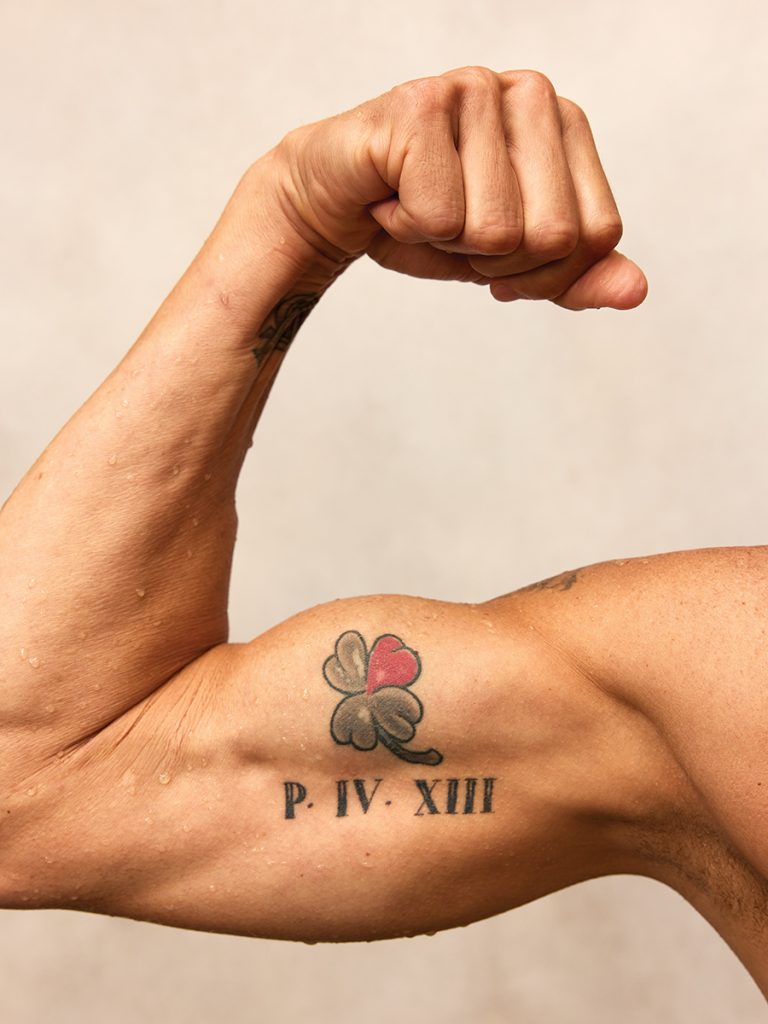
This article originally appeared in the September 2023 issue of WALTER magazine.




